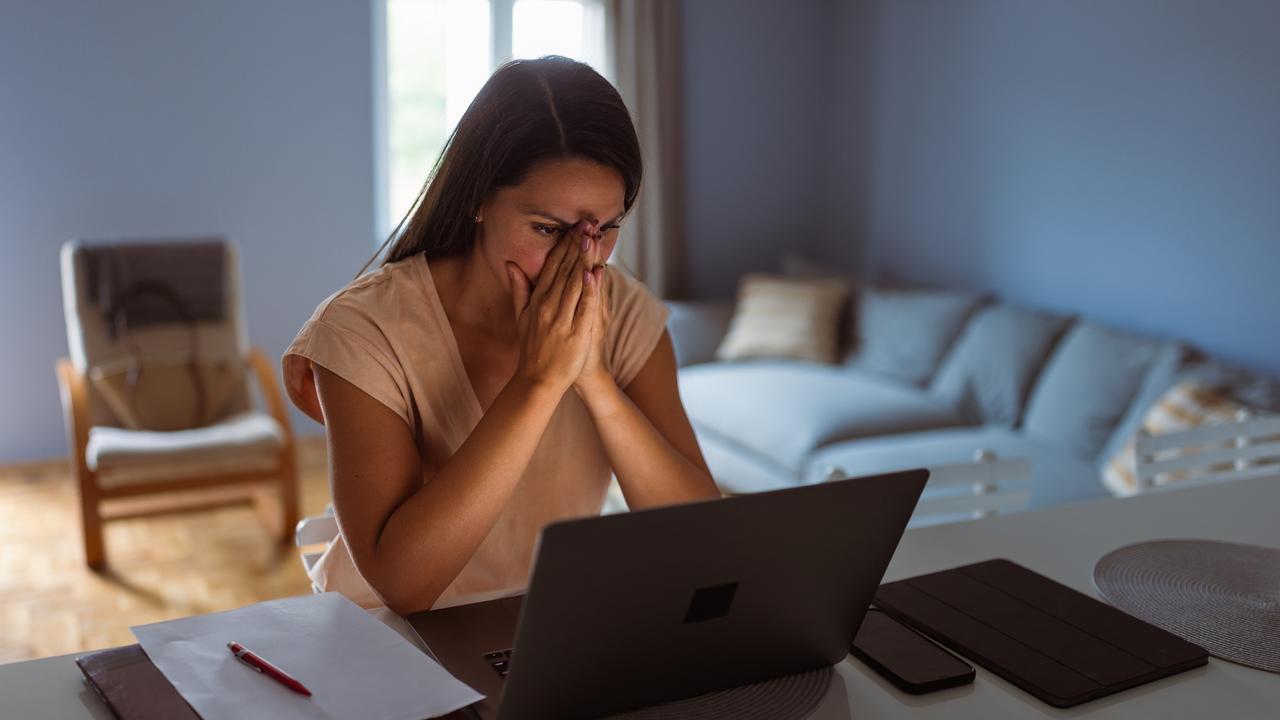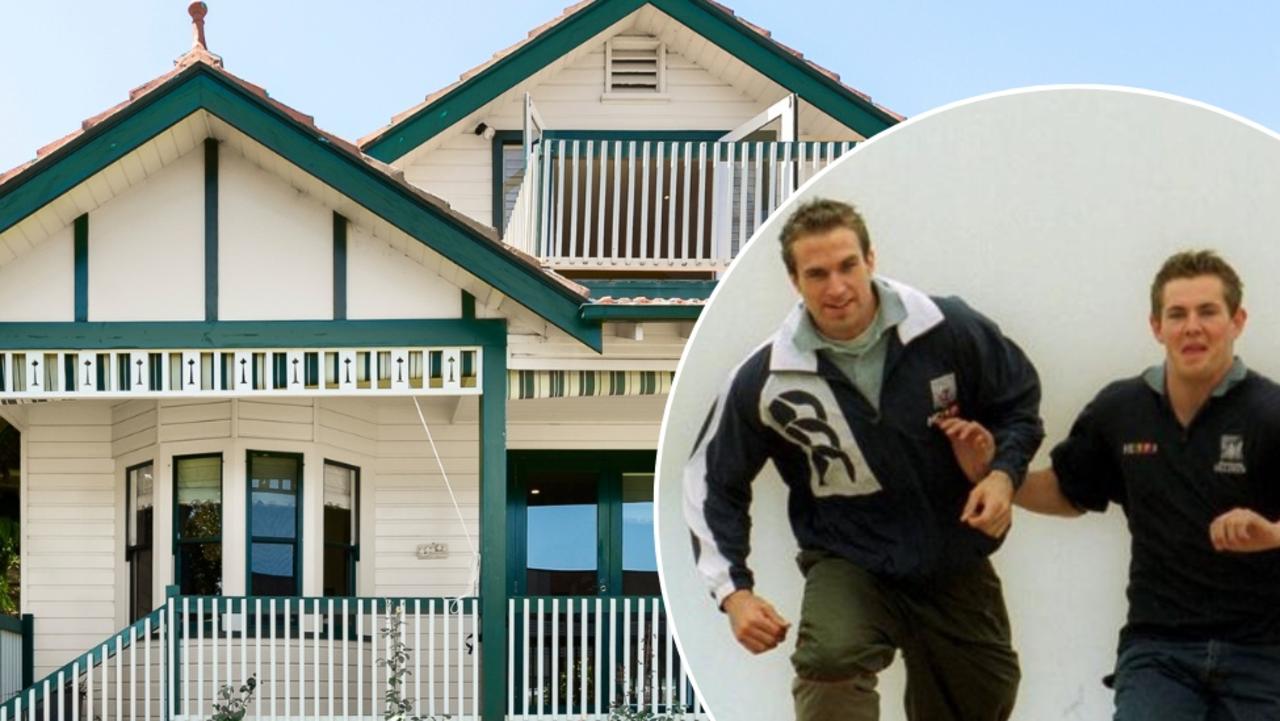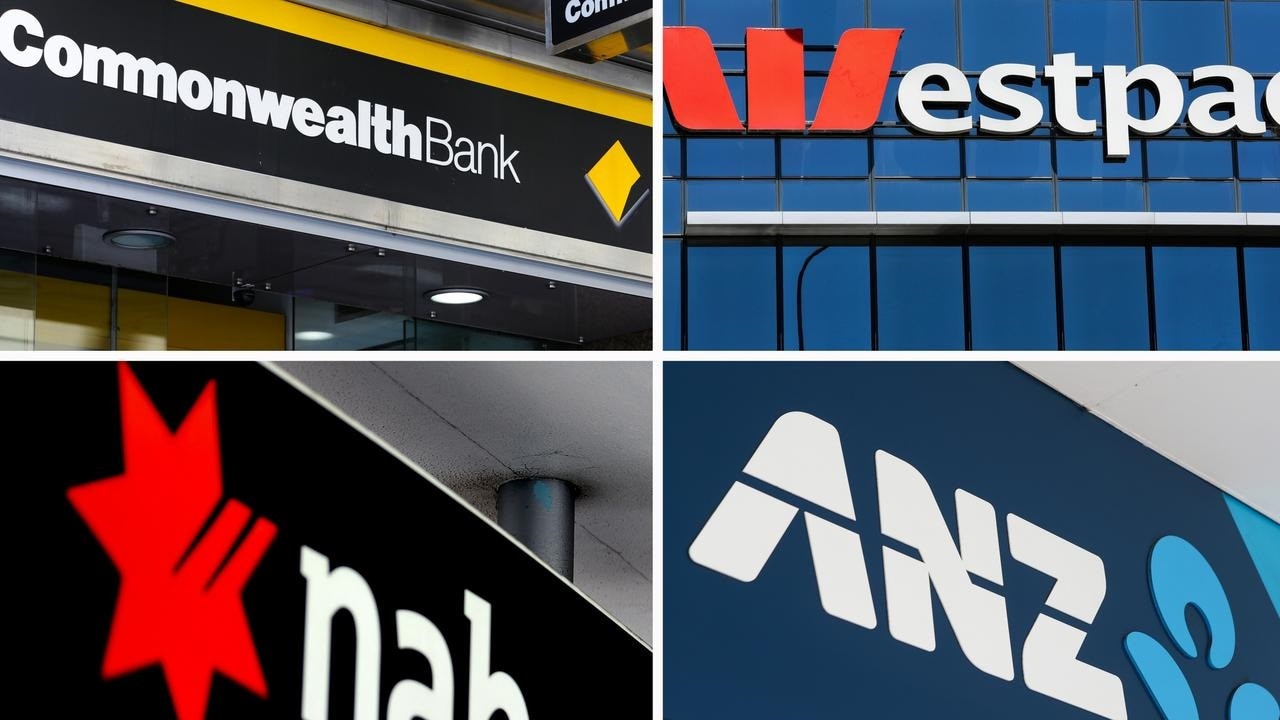Baby Boomers’ latest big buy up
Baby Boomers are buying up big in a number of different ways and it’s having a huge effect across the country.
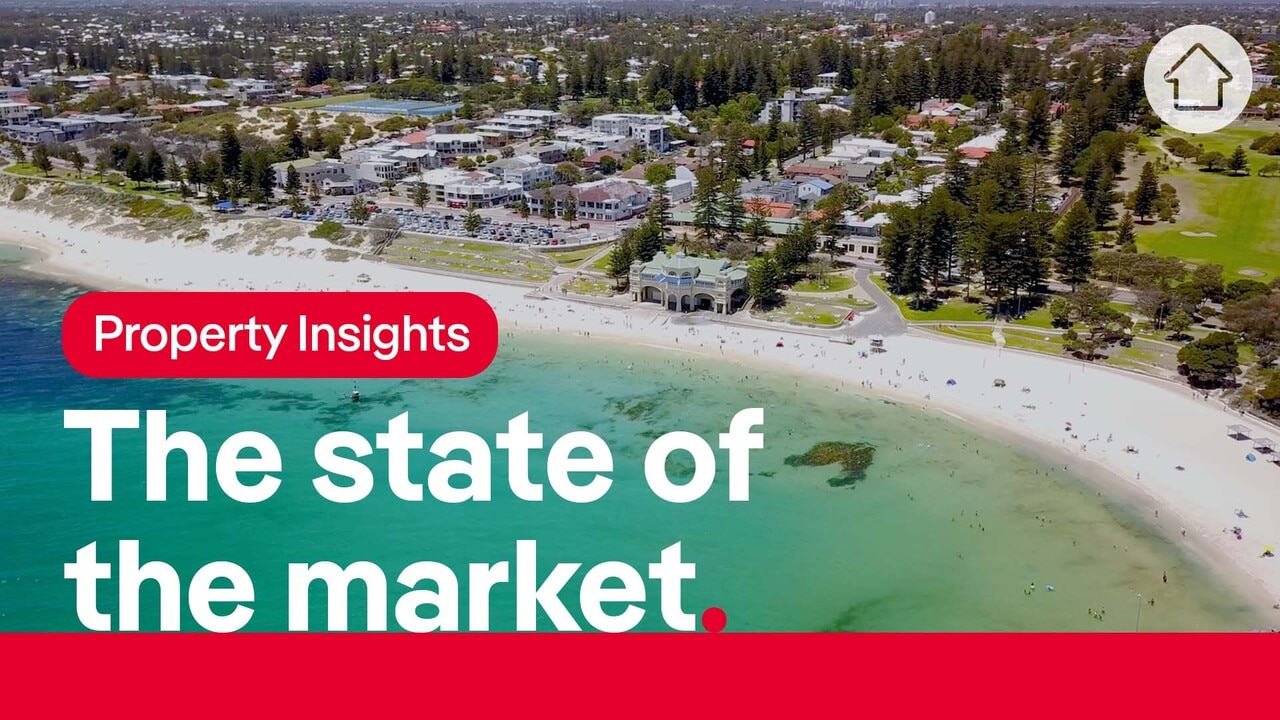
Home prices in Australia’s most valuable market surged to a new record peak this year despite higher interest rates and cost-of-living pressures.
As discussed in the McGrath Report 2025, this was due to a restricted supply of homes for sale amid many demand drivers, including wealthy Baby Boomers rightsizing their homes while also serving as the Bank of Mum and Dad to first home buyers, and a buoyant trophy home market.
Overall, Sydney dwelling prices rose by 6.3 per cent to a median $1,170,152 in FY24, in a capital growth rate effort that easily outperformed Melbourne, Hobart and Canberra but was well below Brisbane.
MORE: ‘Pray’: Expert’s horror advice for Aussies
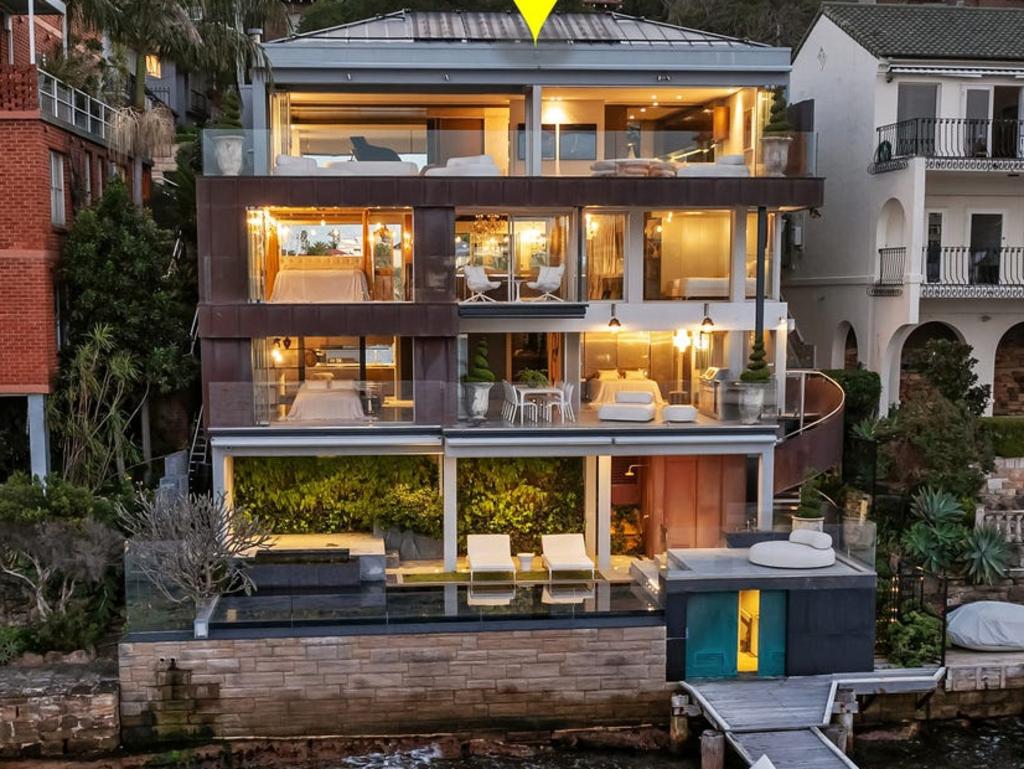
This included a 6.8 per cent increase in the median house price to $1,466,475 and a 5 per cent lift in the median apartment price to $855,468, according to CoreLogic data.
Despite higher interest rates, price growth has given buyers and sellers confidence to transact. However, many buyers must compromise due to restricted lending capacity, leading to stronger demand and price growth for houses in cheaper suburbs, as well as apartments across the city as more people compromise on the type of home they buy to suit their budget.
Meantime, annual new residential building approvals are at decade-lows due to higher interest rates, a labour shortage, high construction materials costs and difficulty obtaining council permission. This is exacerbating tight supply and contributing to the unusual situation of rising home values amid higher interest rates.
There is strong demand in Sydney from three key buyer groups – Baby Boomers and other cash buyers, first home buyers and investors.
BUYING UP WITH CASH
PEXA data shows more than one in four sales in NSW in 2023 were cash sales, representing a large group of buyers typically towards the top end of the market who are unaffected by higher interest rates.
Other cash buyers include Australia’s largest contingent of Baby Boomers, many of whom are rightsizing while also helping their children buy their first homes.
MORE:
44 Aussie suburbs you can buy on $95k wage
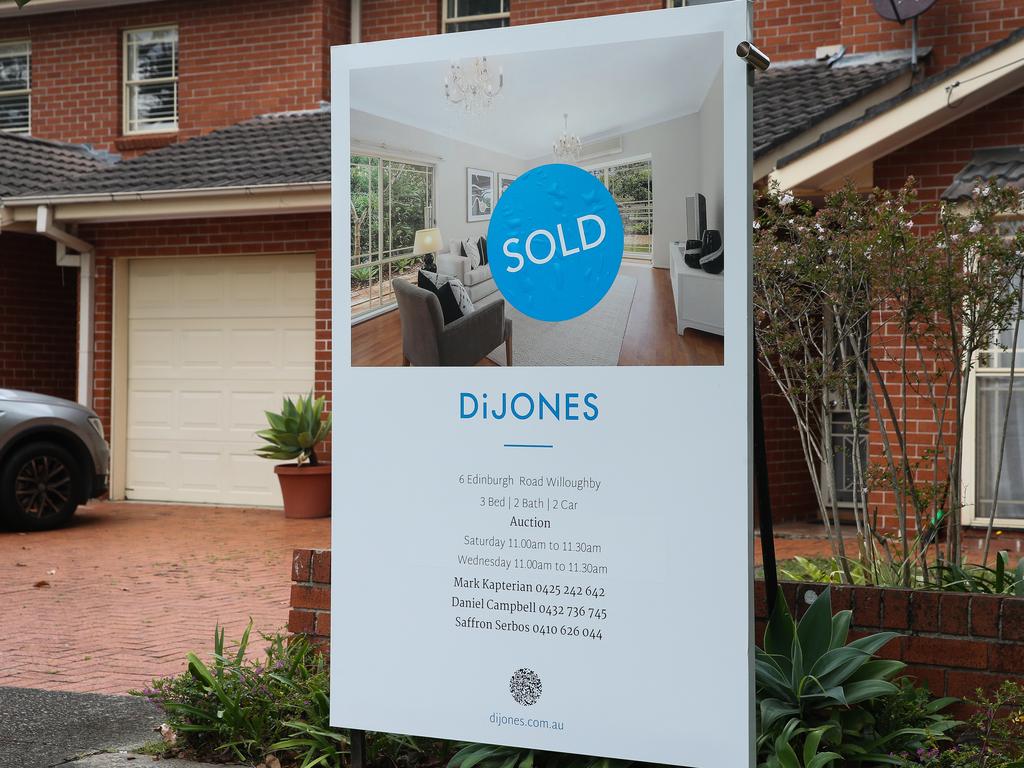
At the other end of the market, one in four NSW buyers are purchasing their first homes and four in ten are buying investments, according to CoreLogic.
Both cohorts typically target apartments, and strong competition between them amid very low supply of new apartments led to a narrowing of the gap between Sydney’s median house and apartment price growth in FY24.
DEMAND FOR APARTMENTS SPREADS
Across the regions, the NSW median house price lifted 4 per cent to $763,364 and the median apartment price rose 4.7 per cent to $590,376 in FY24. Some of the strongest markets for price growth included The Central Coast, Wollongong and Newcastle-Maitland.
Unlocking new housing supply, building new essential services amenities such as hospitals and schools, and progressively rolling out Australia’s biggest public transport project, the Sydney Metro, are key components of the NSW Government’s State Infrastructure Plan.
The NSW Government is attempting to deliver more supply to subdue the growth in home prices and rents. Its headline housing reform is the new Transport Oriented Development (TOD) program, which seeks to allow almost 200,000 new homes to be built close to 49 train and Metro stations.
MORE: Countries that will pay you $140k to move there
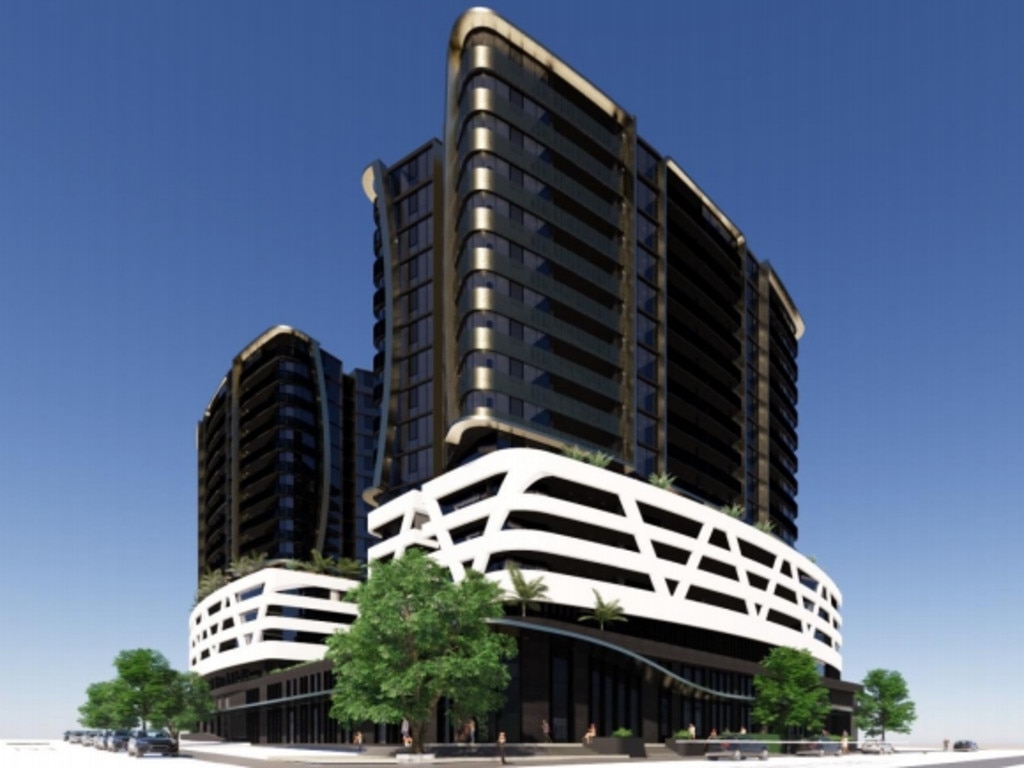
Sydney and NSW are Australia’s most expensive city and regional markets, and therefore the most sensitive to changes in interest rates. An anticipated rate cut in 2025 may spark a new surge in demand, leading to further price rises.
Check out my top suburb picks in Sydney in the McGrath Report 2025.
MORE: Stubborn Aussie neighbours back in the spotlight
Originally published as Baby Boomers’ latest big buy up

